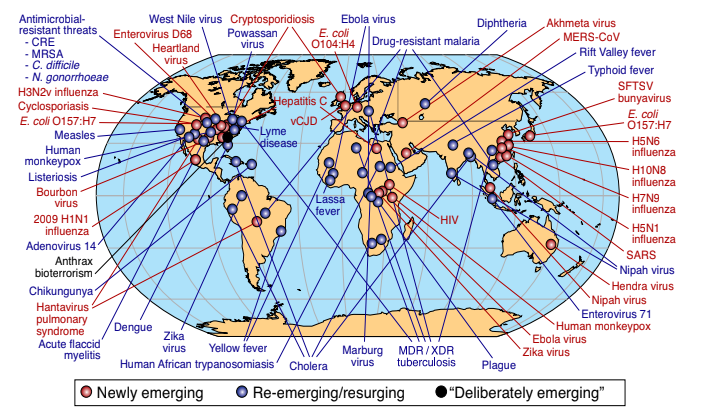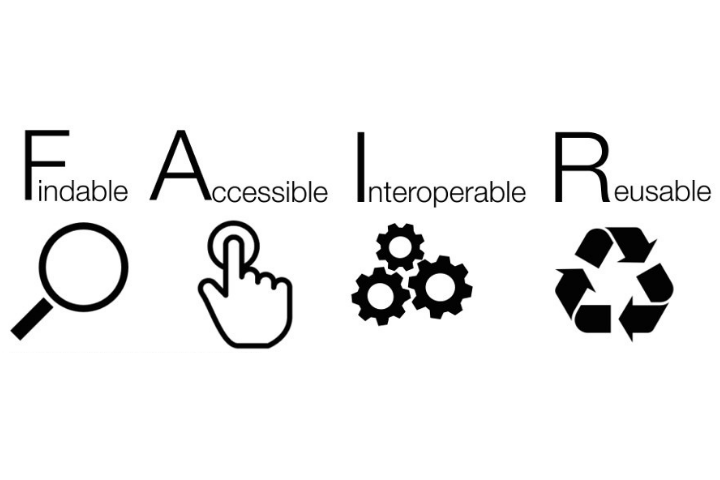
Different bodies and industries around the world have shown their support towards humanity by trying to take part in the fight against COVID-19. Key among these is the Technology and Research sector, which remains as a cornerstone in keeping the world operational as people work from their homes and as the world looks forward to a vaccine for COVID-19.
The COVID-19 and AI: A Virtual Conference, held on 1st April 2020 by the Stanford Institute for Human-Centered Artificial Intelligence (HAI) was a conference that convened experts in the technology, government and academia research from Stanford and beyond to advance the understanding of the Coronavirus and its impact on the society.
The virtual conference included a total of 23 sessions that highlighted and shared contributions from different experts on their work aimed at understanding and managing Covid-19. In this article, I will share highlights from some of the notable sessions that hold adoptable lessons and insights for governments and the research industry.
Crisis informatics and the dangerous epidemic of misinformation

Photo by Claudio Schwarz
Kate Starbird, Associate Professor, Human-Centered Design & Engineering, University of Washington touched on how the COVID-19 outbreak and its associated information sharing was resulting in an information crisis. Crisis informatics is an area of research and development that takes an integrated perspective on the technical, social and informational aspects of the crisis. There is lots of misinformation triggered with anxiety, confusion and lack of credible information during a crisis. With lots of media houses, blogs and internet users sharing updates on the latest infections, the overabundance of information remains the biggest problem. In the Data analytics and data science world, everyone is trying to create their own form of visualizations or share a form of information acquired from different sources.
Caution needs to be observed when sharing information or projections on such a crisis. “To ensure trustful communication, scientists and innovators building solutions for Covid 19 should be open and clearly communicate any uncertainties in their work in ways audiences can understand and be honest about their rationale about specific recommendations”, Kate recommended.
How Taiwan used Data Analytics to beat COVID-19

Photo by Microsoft
Taiwan, a country that is close to mainland China only has less than 400 infections, a huge difference with China which has over 80,000 infected cases to date. Jason Wang, the Director, Center for Policy, Outcomes and Prevention, Stanford University; Associate Professor of Pediatrics, The Lucile Salter Packard Children’s Hospital and of Medicine, shared more on how Taiwan used Data analytics to manage its number of infections and minimize the spread of COVID-19. After SARS (Severe Acute Respiratory Syndrome) in 2003, Taiwan established the Communicable Diseases Act to be better prepared for any future crisis. This enabled them to act swiftly during the COVID 19 outbreak. Key among them was establishing a strong mask production capacity and raising it from 2.44 Million Masks per day to 11.4 Million masks per day. They then applied big data analytics to track how masks were being distributed and provide the public with the nearest drugstore to get a mask. On March 12, 2020, Taiwan set up an online mask ordering system, that is now available in both English and Chinese languages.
Using Data on Influenza-Like Illnesses (ILIs) in COVID-19 Forecasting

Ryan Tibshirani is an Associate Professor, Department of Statistics and Machine Learning Department at Carnegie Mellon University. Ryan has been part of the DELPHI group, a center of excellence for flu forecasting. The work by DELPHI can be crucial in forecasting , preparedness and countermeasures for cases such as Covid19. The key indicator of interest as part of their work is the percentage of ILI (Influenza-Like illnesses) which consists of fever of 100 Fahrenheit (37 degrees Celsius) or higher, along with sore throat or cough). ILI is reported by a network of hospitals and doctors in the US and is believed to be a leading indicator of flu burden. DELPHI is currently running Crowdcast, a system to forecast ILI during the COVID 19 outbreak.
FAIR Data in addressing COVID 19

Source of image : Sungya Pundir, Wikimedia commons, CC By SA 4.0
Mark Musen, Professor, Department of Medicine (Biomedical Informatics) and of Biomedical Data Science, Stanford University, insists that online data will never be fair until we standardize metadata structure using common templates. He insisted that we need technology that makes it easier for investigators to annotate their datasets in a standardized and searchable way. He further pointed out that COVID-19 research needs better metadata so that researchers can find data from relevant studies, integrate new results with those already available , re-explore existing datasets to make new discoveries and to verify published claims. VODAN (Virus Outbreak Data Network) is a joint effort by CODATA, RDA, WDS, and GO FAIR to make the SARS CoV-2 virus data FAIR, meaning that they are Findable, Accessible, Interoperable and thus Reusable by both humans and machines, during this epidemic of COVID-19.
The full recorded session from this conference can be watched here. The wide democratization of best practices from governments and the research industry in the fight against COVID-19 will remain a key pillar in ensuring better management and recovery from the pandemic.

